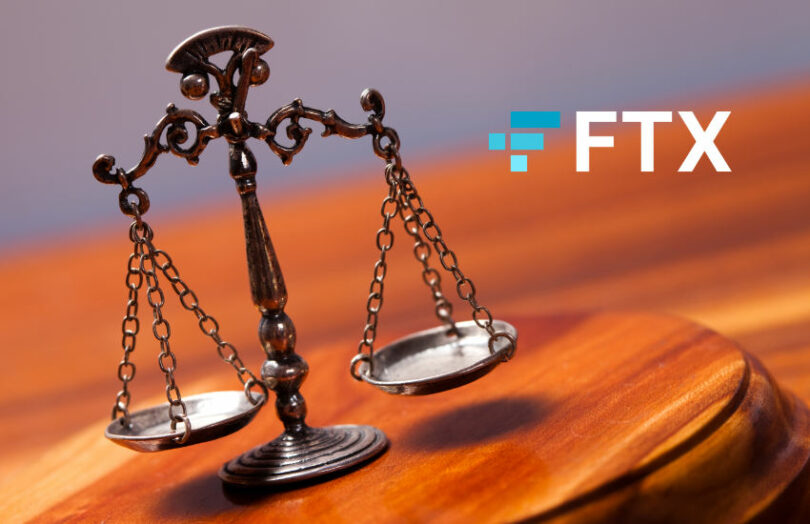Today the Securities and Exchange Commission (SEC) has filed a lawsuit against Sam Bankman-Fried, alleging he defrauded equity investors in FTX Trading.
“From the start, Bankman-Fried improperly diverted customer assets to his privately-held crypto hedge fund, Alameda Research LLC (“Alameda”), and then used those customer funds to make undisclosed venture investments, lavish real estate purchases, and large political donations,” reads the complaint.
Additionally, it alleges Alameda had special treatment on the FTX platform, including an unlimited line of credit. And it failed to disclose risks relating to FTX-affiliated tokens such as FTT.
“We allege that Sam Bankman-Fried built a house of cards on a foundation of deception while telling investors that it was one of the safest buildings in crypto,” said SEC Chair Gary Gensler. “The alleged fraud committed by Mr. Bankman-Fried is a clarion call to crypto platforms that they need to come into compliance with our laws.
FTX transfers to Alameda – the poorly labeled account
We’ve written a couple of times about the dubious treatment of clients transferring money to Alameda because FTX didn’t have a bank account. The fact that Alameda didn’t just give FTX the equivalent amount in stablecoins was highly questionable. Additionally, the SEC alleges Bankman-Fried knew precisely what was happening.
From the complaint:
“In 2022, FTX began trying to separate Alameda’s portion of the liability in the ‘fiat@ftx.com’ account from the portion that was attributable to FTX (i.e., to separate out customer deposits sent to Alameda-controlled bank accounts from deposits sent to FTX- controlled bank accounts). Alameda’s portion—which amounted to more than $8 billion in FTX customer assets that had been deposited into Alameda-controlled bank accounts—was initially moved to a different account in the FTX database.”
“However, because this change caused FTX’s internal systems to automatically charge Alameda interest on the more than $8 billion liability, Bankman-Fried directed that the Alameda liability be moved to an account that would not be charged interest. This account was associated with an individual that had no apparent connection to Alameda. As a result, this change had the effect of further concealing Alameda’s liability in FTX’s internal systems.”
Alameda special treatment
The lawsuit alleges that Bankman-Fried instructed someone to write code to allow Alameda to have a negative balance without providing collateral. The SEC claims no other customer was entitled to have a negative balance. And that negative balance is essentially a line of credit from other FTX customers. Bankman-Fried also directed code to be written to exempt Alameda from liquidation rules.
When it came to the May 2022 crypto crash, Alameda had to repay loans and needed more funds. Hence billions of FTX customer funds were used. The SEC alleges that Bankman-Fried was concerned if Alameda lenders were to see the size of the intercompany balance, so he directed Alameda to hide it. After this happened, allegedly Bankman-Fried still directed Alameda to draw on the line of credit to make loans to himself and other employees.
The total amount loaned to Bankman-Fried between 2020 and September 2022 was $1.338 billion.
If found guilty of the SEC charges, Bankman-Fried won’t go to jail. Instead, he has to hand over gains and will be prevented from issuing securities or being a corporate officer in the future. The SEC stated that the CFTC is also going to file charges.
However, the criminal charges come from the Justice Department, which is unsealing its lawsuit today. That’s the one that resulted in Bankman-Fried’s arrest.






